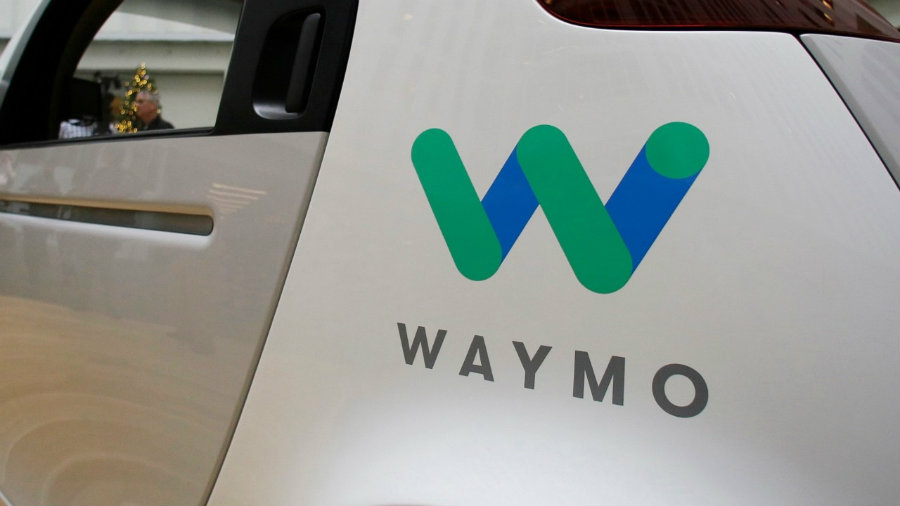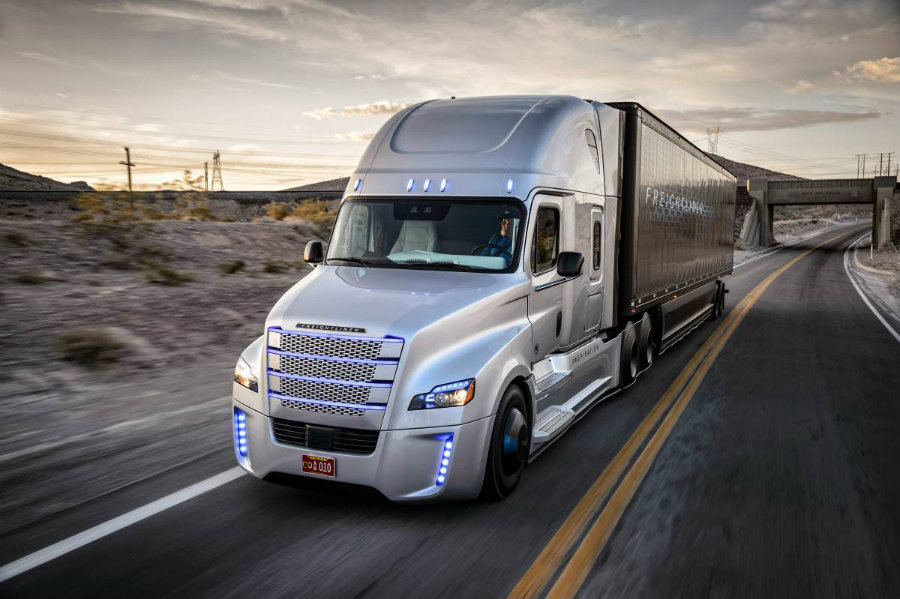Waymo, which is owned by Google’s parent company Alphabet, has revealed that it’s working on self-driving trucks.
They suggest that using self-driving technology is much safer than humans driving trucks, and applying such technology would result in thousands of lives to be saved each year.

BuzzFeed obtained the lead after receiving a photograph of one of the trucks. They reached out to Waymo for comment, and they confirmed that they were indeed developing self-driving trucks.
Self-driving trucks may save lives and funds
Google has worked on self-driving technology since 2009, performing its first driverless rides in real-life conditions on 2015. The car did not have any pedals nor steering wheels. To date, the company has registered over 10,000 trips with people on board, over 2.4 million total trips on public roads, and over 1 billion simulation trips.
The main competitor in the field is Uber, whose self-driving vehicles still need to be partially driven by a person before being put in driverless mode. Uber is also working on self-driving trucks through their startup known as Otto, which was founded by a former Google employee that apparently stole technology before leaving.

In self-driving technology, trucks appear to be the hidden gem in the whole market. The 1.7 million truck drivers cost money on insurance, salaries, and accommodations. Relying on self-driving trucks which are apparently safer and without a question way cheaper will dramatically change the expenditures of transportation companies.
Also, self-driving trucks could drive in unison, in large fleets with just a few meters between each member. This will allow them to reduce wind drag, save a lot of money in fuel, and to get earlier to their destination.
Pros and cons of self-driving trucks
Despite the trucks being able to drive by themselves, current tests performed by Otto require an experienced driver to remain in the cabin, ready to take control if it were necessary. Whenever there is debris on the road or an unexpected roadblock, the driver is expected to take control and be able to take the truck on a safe route. Drivers have complained that it is difficult to remain ready at the wheel and that Otto is unlikely to get rid of drivers completely, although they are aiming towards allowing the driver to tend to other activities while the truck is cruising the road.
Laws dictate that truck drivers should not drive more than 11 hours per day or 60 hours a week. Just getting rid of the need for the driver to stop and rest will greatly increase revenue for the transportation of goods, which is already significantly preferred over maritime or aerial transport.
Another factor is fuel economy, as a good driver is often recognized as one who knows how to save fuel in the long run. Determining a truck’s optimal cruise speed and acceleration rate will allow to mathematically determine how to use the least amount of fuel while using optimal travel routes.

Accidents are another important factor, as trucks and buses cause over 4,000 deaths in the United States, coupled with well over 116,000 injuries. 9 out of 10 truck accidents are caused by the driver falling asleep or making a mistake, but developers at Otto and Waymo believe that the rate can easily go down if the driver is well-rested and able to focus on the road without having to steer or speed up the truck actively.
Accidents are a whole different subject when it comes to self-driving trucks, as self-driving cars can maneuver with greater ease. If a truck fleet is traveling at high speed, it would be difficult at most to think that it could maneuver to avoid a roadblock or a construction site. Applying the brakes is not a good solution as a truck needs ample road space to make a full stop.
Additionally, because trucks are so wide, they have to switch lanes to avoid obstacles, as even the smallest obstacle could cause a terrible accident. A proposed solution is to place sensors on a higher location, allowing the truck to find obstacles with increased anticipation, but even sunlight is known to act against how these sensors work.
When it comes to truck driving as a job, there appears to be a shortage of truck drivers. The American Trucking Association announced that currently, there is a need for at least 50,000 drivers and that in the next eight years, at least 900,000 more drivers will be needed.
One might think that truckers would be left out of a job, but in reality, self-driving technology would allow them to catch up with freight paperwork, keep in touch with their company, friends, and family, and even enable them to study or practice other trades while maintaining an eye on the road. The issue is that currently, truck drivers are paid for driving, so if there’s a computer doing the hard labor, wages might go down, although no concise regulations have been issued in that aspect.
Source: BuzzFeed

the self driving trucks are really cool. But they will become commercially available at least in 5 years. And now we are witnessing the era of automation in transportation. The mobile apps like Doft or Uber Freight are launched to make the process of the shipping arrangement much easier. Still the adoption of this technology by the industry is a bit low. Still it seems, that Uber with It’s resources can make the adoption higher.
Yes but one can only wonder how long and arduous is the process to overhaul the entire country’s commercial transportation system. Even so, it is bound to happen and it’s exciting to watch.